Remember back when you were learning how to drive? At the beginning, it was probably kind of confusing, especially if you were trying to learn on a stick shift. How fast do I let the clutch out? How can I figure out where to put my foot when I’m not looking down? How do I drive up a hill? It all seemed a little overwhelming, and then, after time. It became pretty much automatic. Well, learning to fly is kind of like that experience, but significantly more involved, and significantly more rewarding.
Here’s just one example of the difference between learning how to drive in learning how to fly: When learning how to drive a car, if you use your hands to turn the steering wheel to the left, the car tends to go to the left right away. And flying, turning to the left may involve the hands and the feet, and it may not turn for a little while even after you’ve initiated the physical signals to the airplane. Also, the road itself is invisible and constantly moving! Because the airplane is borne by the wind, the road can be moving up down left or right and any combination of these at any moment. When learning to fly you simply adjust to the new motions.
Introductory Notes On Learning To Fly
In this document, our main approach will be to consider manipulating the airplane physically, and we’ll call that learning to fly. There is more to the education and training required to earn a pilot’s certificate, including becoming knowledgeable in navigation, regulations, meteorology, aerodynamics, ground-handling procedures, and much more. Of course, for some people, these are the easy part of learning to fly!
Our focus here will be learning to fly small airplanes. These are part of what’s called the general aviation fleet, and, usually, a person first learning flies a four-seater airplane with just one engine. Moving on to the bigger stuff almost always requires mastering the single-engine, four-seater airplane first.
Our discussion here will involve only flying under the Visual Flight Rules (VFR), which implies good visibility during the entire flight experience.
Finally, we will be considering non-military flight training only in this article.
The Easy Stuff
Let’s begin with some of the easy parts of learning to fly, then move on to the more interesting, harder or parts.
Manipulating the Controls
In the early phases of flight training, the instructor will have you do just one thing at a time. For example, usually, you will just be asked to try to keep the airplane flying straight and level. You will usually begin by looking outside at the natural horizon, maybe picking a point way out at mountain peak or some prominent thing on the ground. You’ll simply head in that direction. Doing one thing at a time during training is pretty easy.
Also, during your first time up in the air with the instructor, you may be asked to do a small turn to the left or right using just the control yoke in your hand. This is done not so much to teach you how to turn the airplane (since there is much more finesse involved when you do it for real), but to give you the feel of the airplane. You will be seeing how the machine reacts to the wind, how the sounds change, how the feeling your hand changes the steeper the turn, and lots of other little stuff that’s fascinating and easy to absorb pretty quickly.
Radio Communications 101
When a non-pilot hears radio communications used in aviation, it usually just sounds like a bunch of gibberish. Even though it is mostly English, aviation radio communications can include some pretty odd terminology. For example, some names for what are called “intersections” or “fixes” in the air are just five-letter otherwise-meaningless names. Some intersections not too far from California Aeronautical University in Bakersfield, California area include LAMPE, KELEN, MARIC, and TAFTO.
Nevertheless, when you get some experience using radio communications when learning to fly, it’s kind of like Pandora’s good box opening up. There is a special rhythm used in aviation radio communications. Also, things come in a predictable order. The fact that you can anticipate what the person on the other side of the conversation is likely to say makes it much easier to understand it. Many flight students also purchase aviation radios (those that can only receive and not transmit are very inexpensive). These help students get very familiar with aviation to medications quite quickly. Of course, there is also software that helps with that.
Attitude
In aviation, the word, “attitude” means two things: One of them has to do with whether the nose of the airplane is level, pointing up or pointing down during flight. That’s not too hard to control. But what we’re talking about here is the pilot’s attitude while flying. Even though “air traffic control” (ATC) has the word “control” in it, ATC does not actually control the aircraft. The pilot is the one who does it. Because the pilot is the one entirely responsible for the conduct of the airplane and the safety of flight, the pilot sometimes has to take on the attitude of being the superior person among the group of support systems in which he or she is flying. It’s really not too hard to do that once you feel good and confident about flying. So we’re putting this in the “easy” section because as one’s confidence increases, it is easy to be captain of one’s own ship.
Unlearning TV and Movie Garbage
You know the scene: some minor problem occurs in an airplane, and it immediately plummets earthward, trailing smoke and making a screaming noise like a mechanical banshee, with everyone inside completely freaking out and saying their final prayers. It is a ludicrous representation of what happens if there’s a problem with an airplane, in most cases. For example, very few things causing the airplane to smoke, airplanes rarely make any screaming noises themselves as they descend, they usually do not descend when there is a problem, and there are infinite other issues with this media-created fantasy about what flight is really like.
One of the nicest examples of this break between media and reality is in the comedy movie, Airplane. The producers decided that every time you are inside a jet and listening to the engines, you’re actually hearing the engines of a propeller airplane. They are deliberately poking fun at how absurdly the media typically depict the actual joy, precision, and excellence of flying.
Pilots learning to fly have to unlearn a lot of garbage that the media have promulgated. Here’s a specific example: If an airplane is descending too quickly, invariably on TV or in a movie someone will be saying, or screaming, “Pull up! Pull up!” Well, that is exactly the opposite of what one must really do to reduce the sink rate or even to climb in that situation. Pulling up would be disastrous. Adding power would be the thing to do, and that becomes second nature once one has had good aviation training and has finished learning to fly properly.
The Hard Stuff
The hard stuff in learning to fly derives mostly from the great differences between locomotion on the ground in locomotion in the air. Airplanes are absolutely not just cars with wings. People who think that pilots are just glorified bus drivers are some of the most ignorant on the planet.
So here are some things that it takes a while to get used to. Of course, it is worth the effort!
Living in a Three-Dimensional World
If you are an automobile driver, you are used to looking to the left and the ride and in front of you and behind you to create situational awareness. This allows you to drive the car safely, and to help avoid accidents. In an airplane, we add the vertical dimension, and it is a quantum leap forward in complexity when learning to fly.
For example, when you scan for traffic (look for other airplanes while you are flying), you must include looking up and down in all quadrants that you can see. The pilot becomes adept at determining whether or not another aircraft is “a factor.” This means whether or not the flight path that you are following may intersect the other airplane’s path. If so, heading in a different direction or climbing or descending would be a good thing to do to avoid meeting the other craft.
Mastering the Weather
Pilots that are learning to fly are required to learn aviation meteorology. The simple reason for that is so that a pilot can predict as best as possible whether or not there will be any adverse weather issues during the flight. For example, if you are going to fly VFR, you need to predict whether or not there will be any clouds in the way since it’s not okay to fly into them (or too close to them) under these flight rules. Also, being able to predict turbulence is a big deal, particularly if you’re going to be bringing passengers with you who are not used to flying. We want to take them up on nice, smooth days rather than having them jostled in the cabin against their seatbelts.
Delayed Responsiveness
In a car, if you turn right, the front of the car turns to the right and the rest of the car follows. Simple, right? Not so in airplanes. Every control input that you produce for an airplane initially has no obvious effect. That’s right: If you turn the yoke or the stick to the right, the airplane will initially do nothing, then it will begin slowly to roll to the right, and it will roll faster and faster until you stop it. That sounds a little scary when learning to fly, but in actual practice and with experience it’s very easy to deal with.
Another example: If you add power to the engine, the airplane does not climb or speed up immediately. It takes a while for the power change to take effect.
Controlling this kind of thing – the delayed responsiveness of all controls in the airplane – is part of the finesse of flying. It’s kind of fun once you “get it.”
Situational Awareness
One of the most important things a pilot must do is to maintain what is called situational awareness. This means always knowing exactly where you are over the ground and in the airspace, and it also includes airplane settings and systems. Initially, with so much to do, it’s quite a task to maintain that awareness when learning to fly. Early in flight training, your instructor handles almost everything, but, little by little, you will gain the overall mental view of flying and navigating, and you will be able to develop sufficient situational awareness to fly safely.
Visualization
Did you ever wonder how pilot figures out the way down to the ground once he or she can see the airport out the front windscreen? In VFR flying, it’s most often done by visualizing and then flying a descending three-degree glide path.
When learning to fly, that seems like a totally impossible task. However, with practice and under the careful guidance of a certified flight instructor, one really does “get it”, and it becomes easy to approach a landing in exactly the right way. Your brain saves the visual clues to that three-degree glide path and you will be able to use it for most airports.
True Multitasking
Some people consider their ability to run a cash register and talk at the same time as “multitasking.” Technically, they are probably correct, but the type of multitasking a pilot must exhibit is light years beyond what that cashier (or most anyone else) is expected to do.
A pilot must work in what computer people call “timeslices,” which means distributing attention across multiple tasks serially and very quickly. It’s not unusual for a pilot to have to handle five or six things at the same time, and the way it’s done is with these timeslices. He or she might be communicating, checking aeronautical charts, setting autopilot controls, watching for traffic, and setting climb power all at the same time. This is one of the major challenges of learning to fly, and it feels wonderful to handle this with aplomb.
But I Think XYZ is Easy, Not Hard!
Every one of us is different from all the others. Some Mechanical Engineering majors in college love math, while some English majors hate it. But there are English majors who love math, too!
Some of us take to the air like eagles who were born to it, and others have to work at it harder when learning to fly. Fair enough.
This article made certain assumptions of what tends to be more or less challenging for flight students learning to fly, but your own experience is likely to differ in some ways. That is part of the richness of human variability. Still, virtually every successful flight student (pilot) has a fund of earned pride that can’t be found anywhere else on, or above, earth.
Ready to soar in your aviation career?
Mr. Matthew A. Johnston has over 23 years of experience serving various roles in education and is currently serving as the President of California Aeronautical University. He maintains memberships and is a supporting participant with several aviation promoting and advocacy associations including University Aviation Association (UAA), Regional Airline Association (RAA), AOPA, NBAA, and EAA with the Young Eagles program. He is proud of his collaboration with airlines, aviation businesses and individual aviation professionals who are working with him to develop California Aeronautical University as a leader in educating aviation professionals.
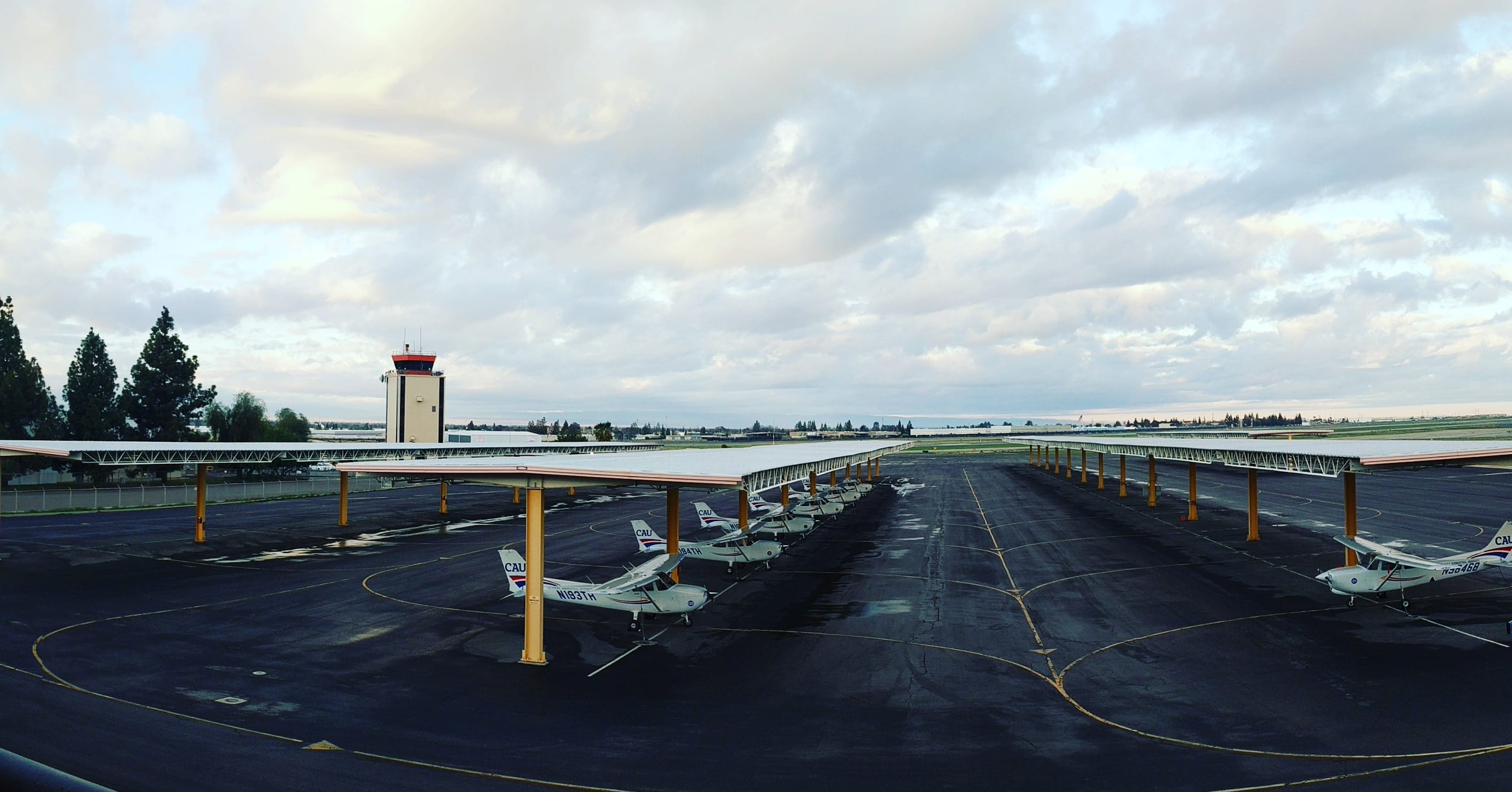
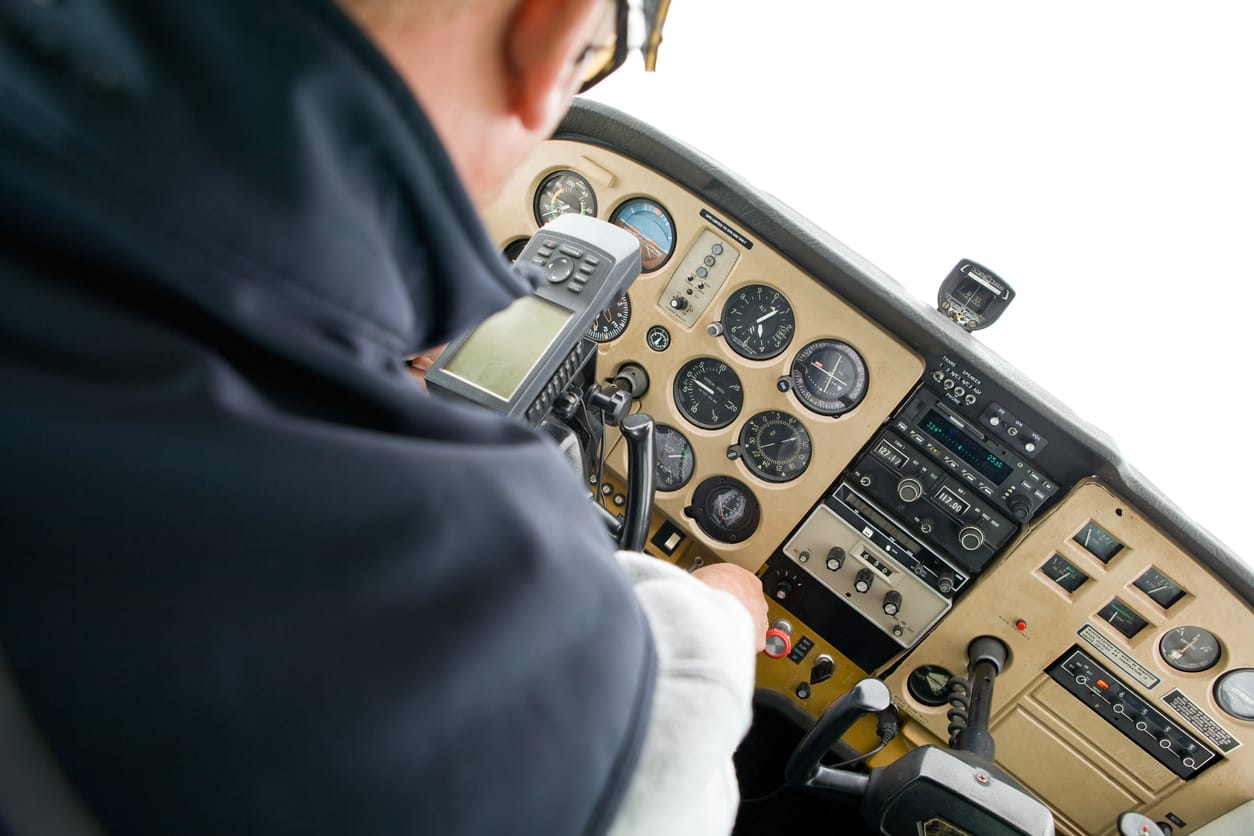
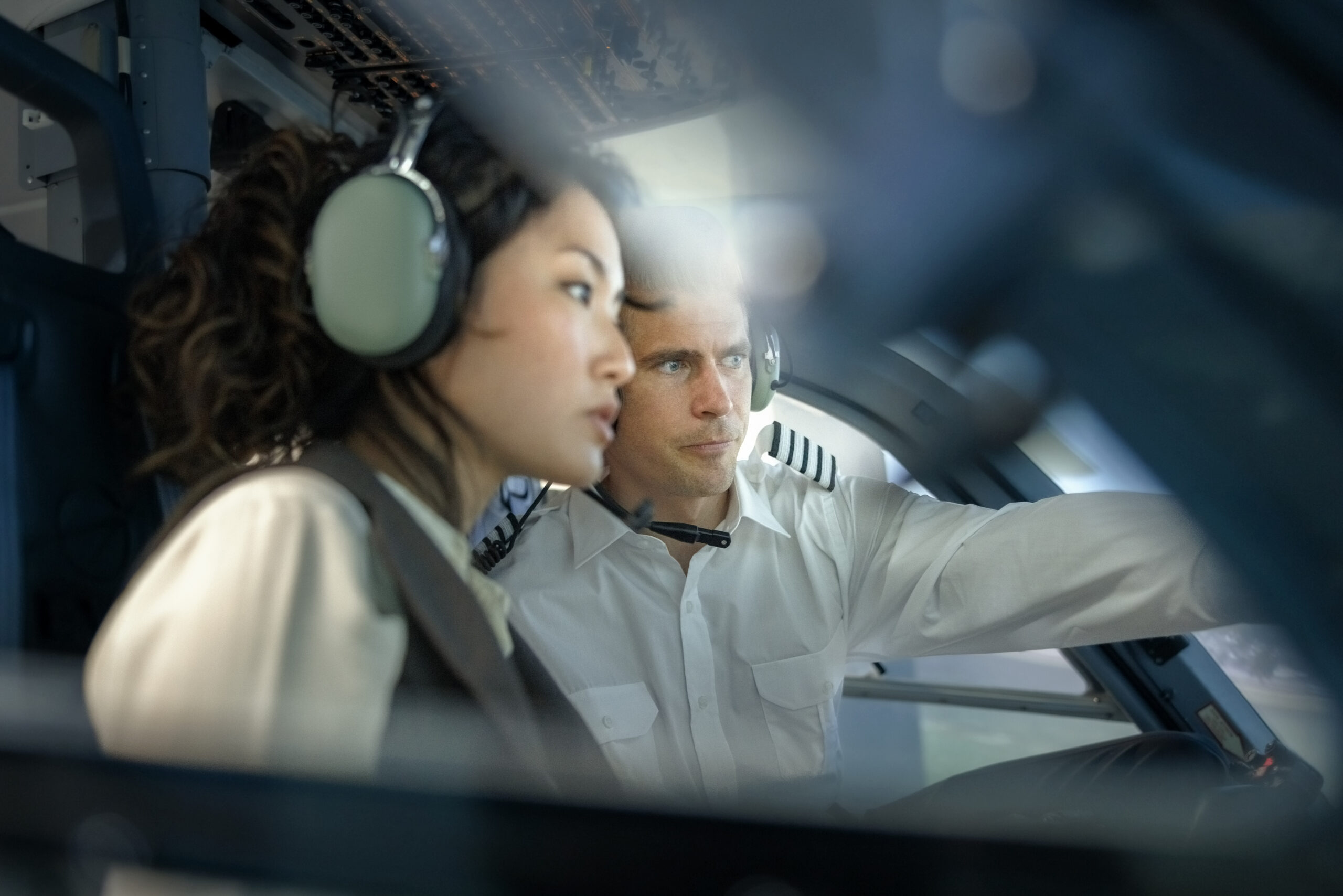
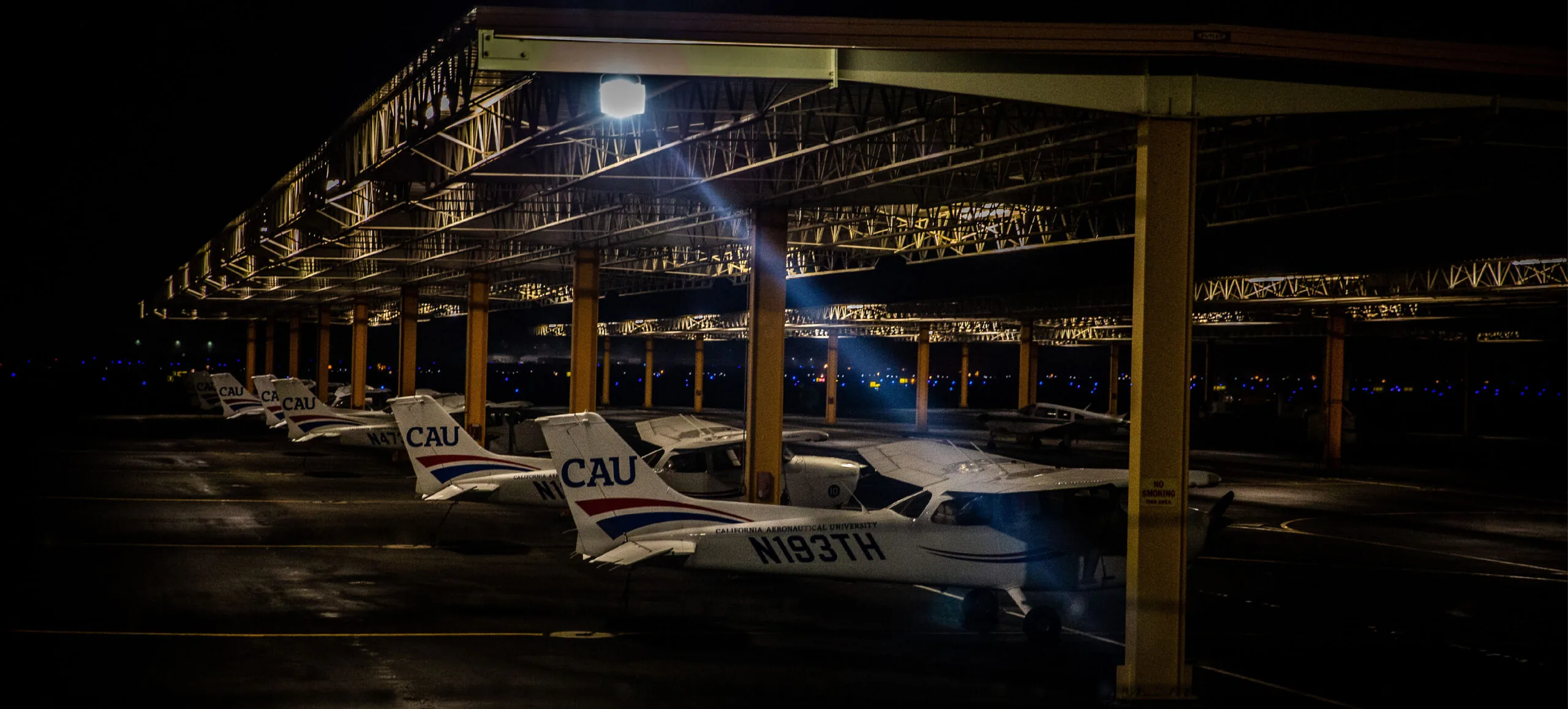
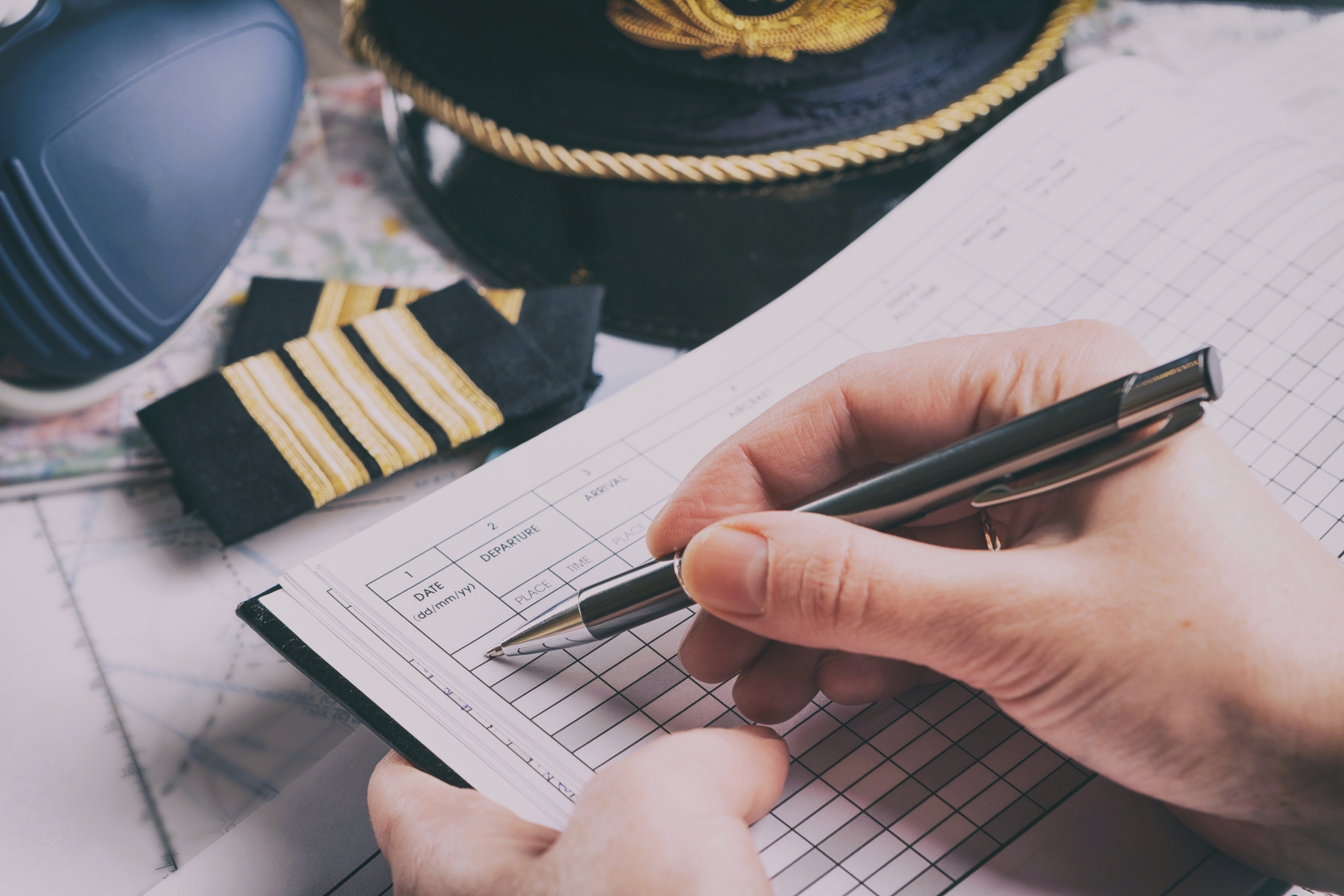
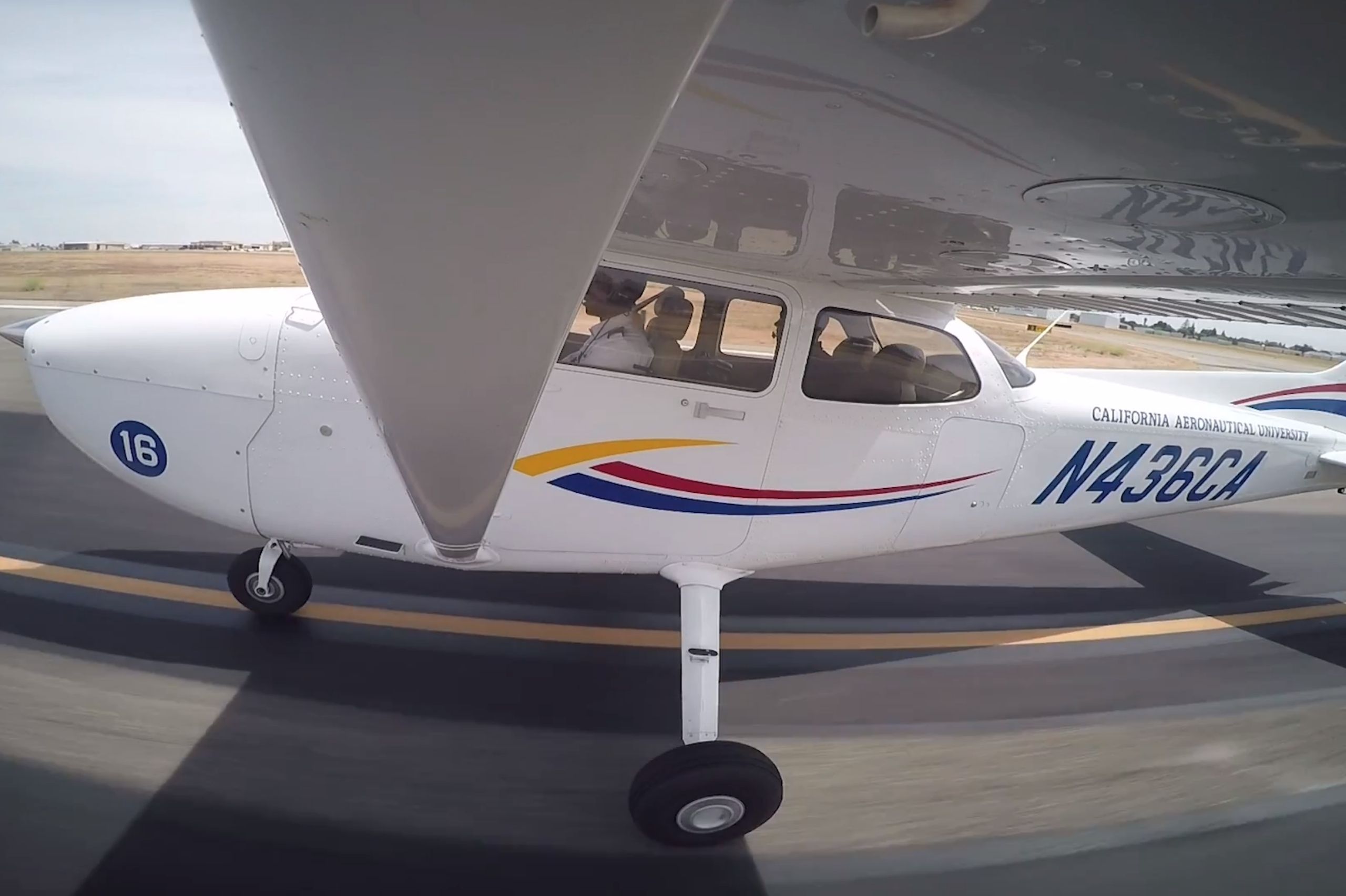
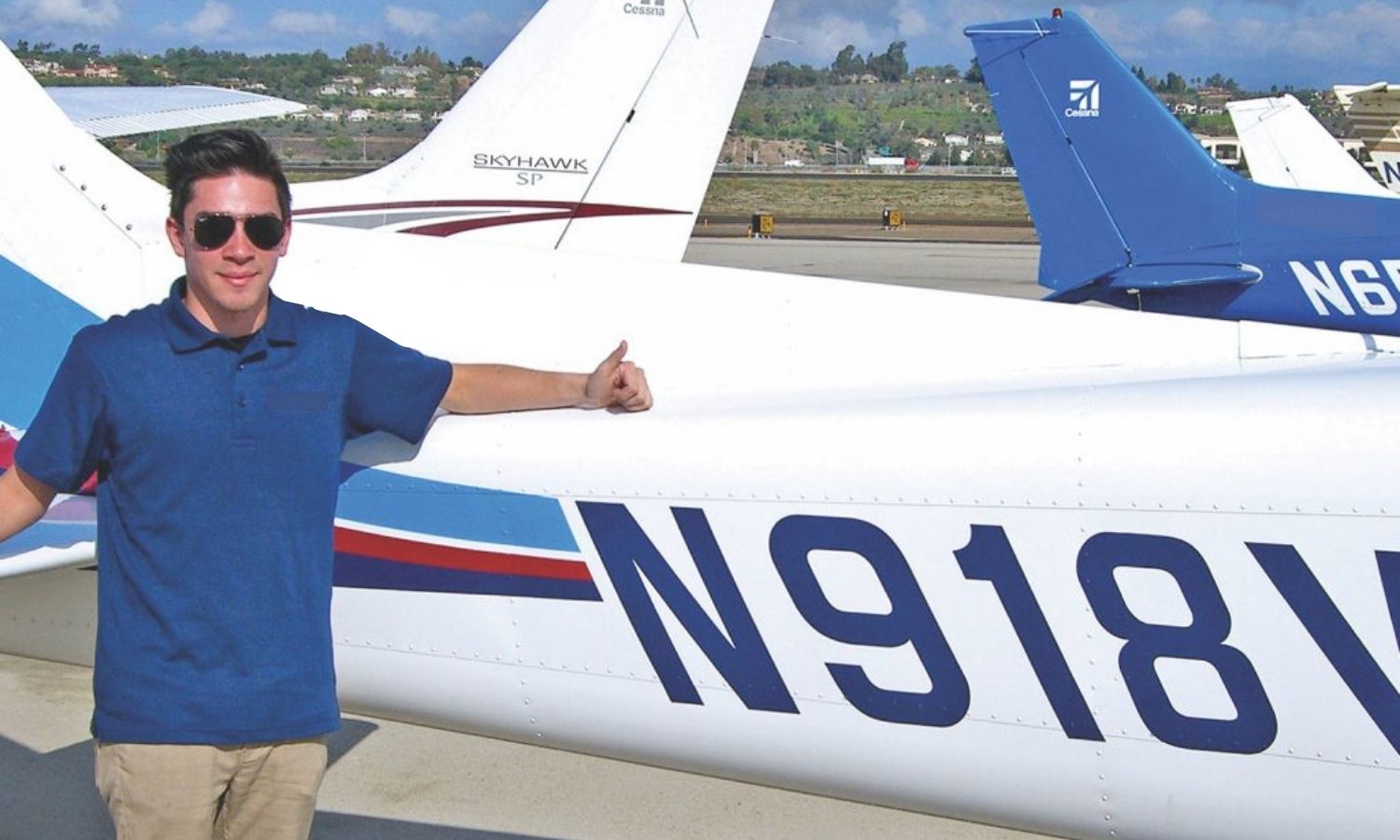
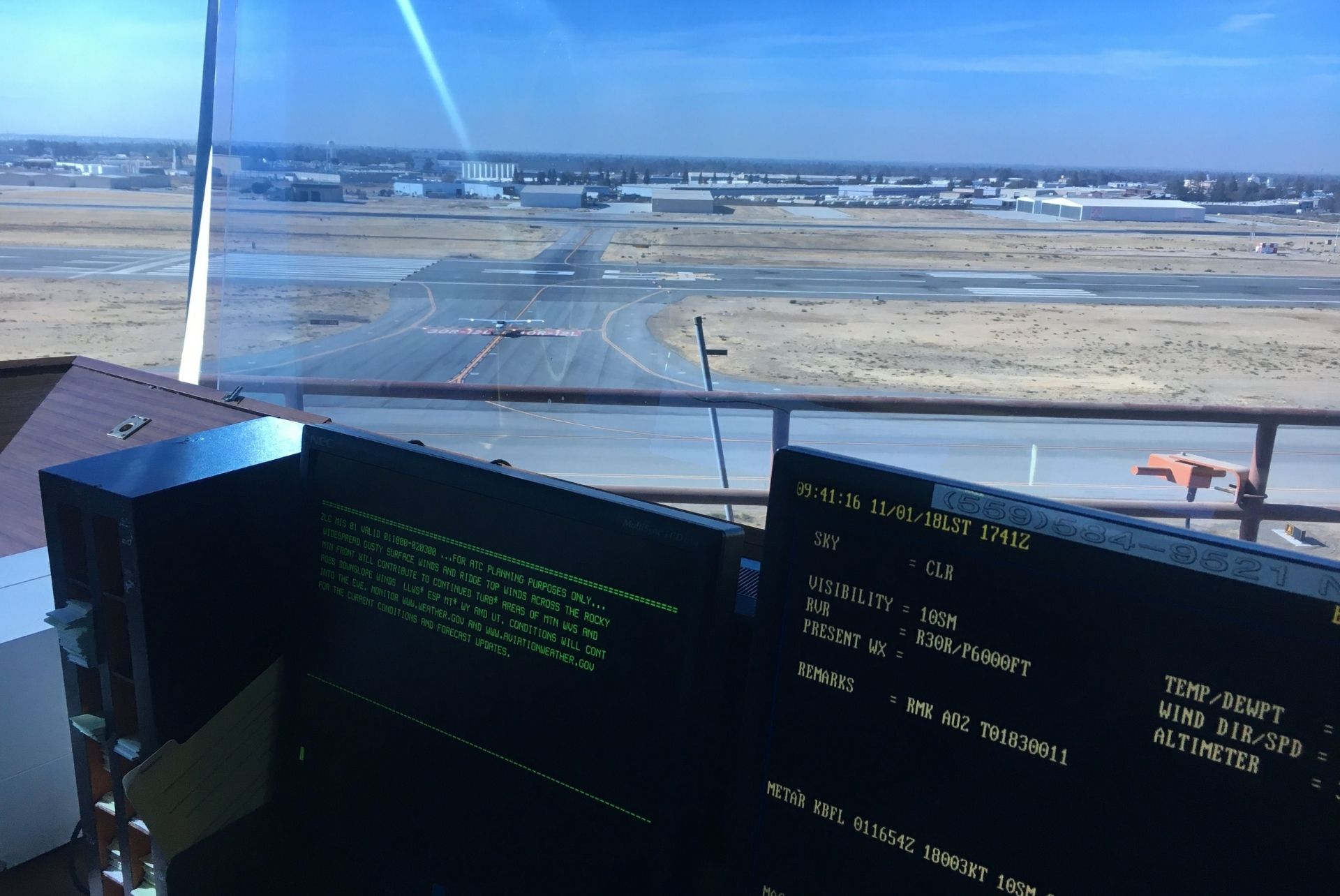
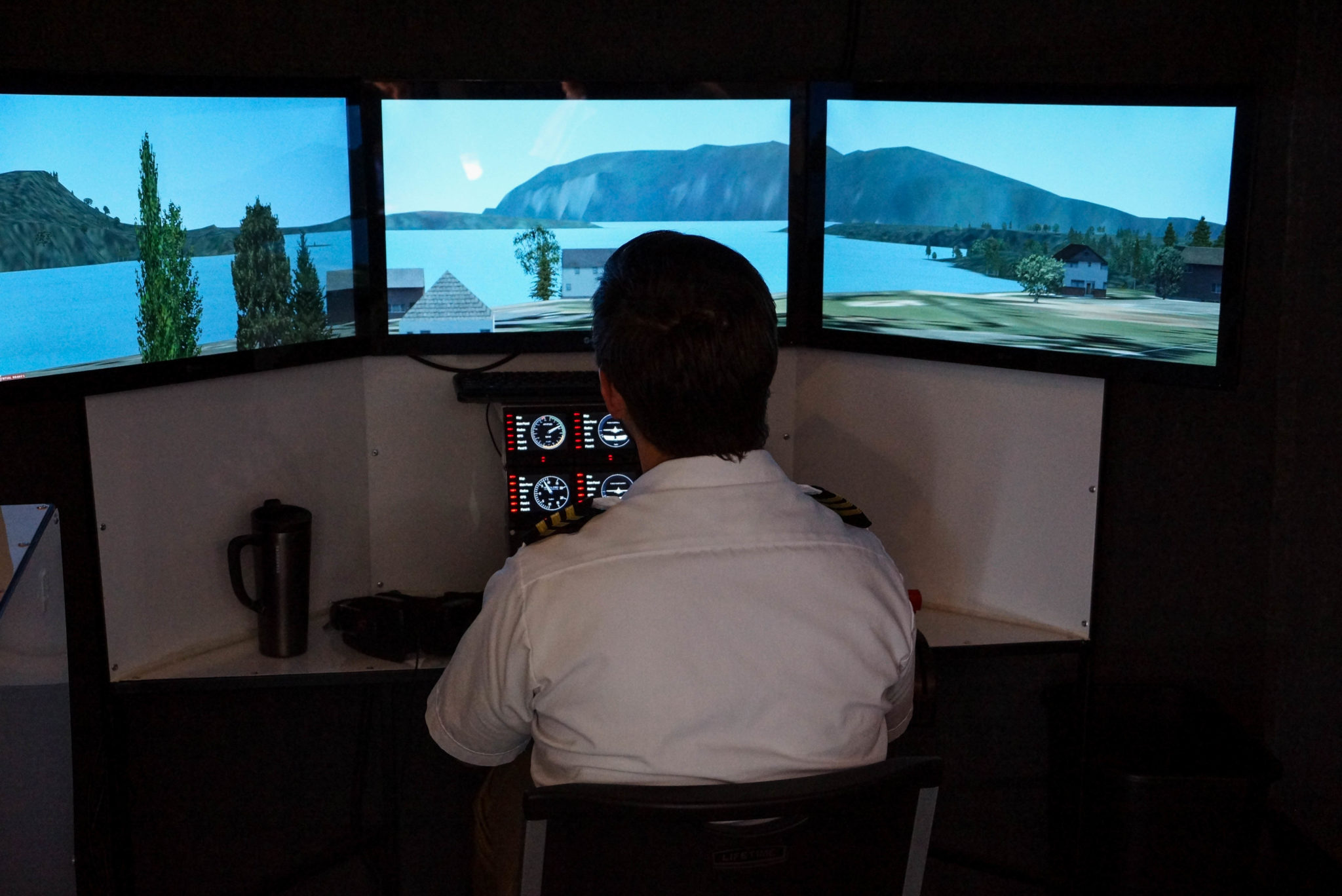
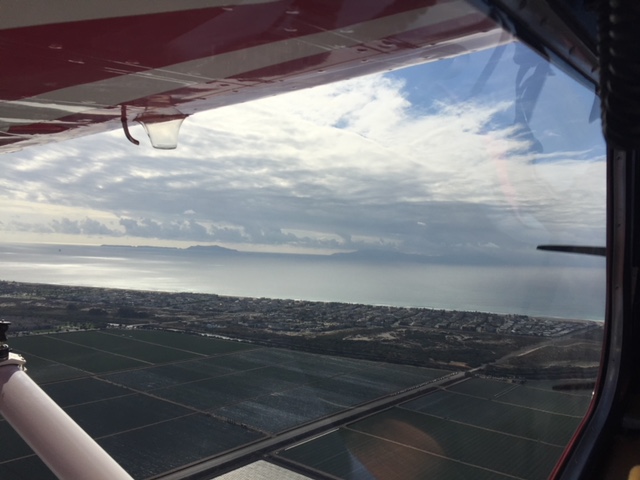

I had no idea that airplanes drive different from cars because they take a lot longer and the responses are reduced. My cousin has been thinking about learning how to fly so that she can get some training and she can be high in the air in order to get a better job. Going to a professional school could be really useful for them and allow them to be a lot better.